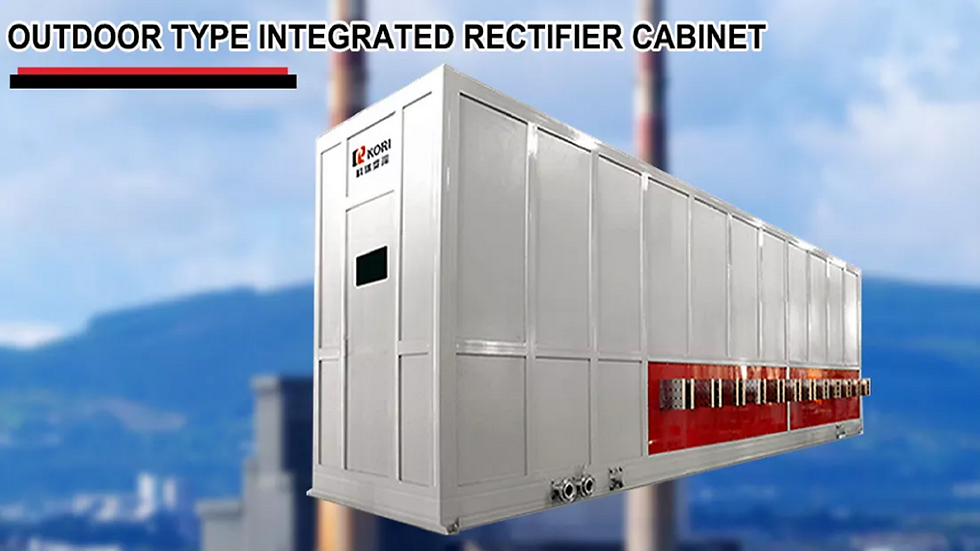How Rectifier Work For Industrial Needs
- YangJian
- Mar 2, 2021
- 2 min read
Updated: Oct 5, 2021
A rectifier is an electrical device that variations are rotating present, which frequently turns around the direction to straight existing, which flows in one only direction. The procedure was identified as rectification. Physically, rectifiers take several forms:
• Containing vacuum tube diodes
• Mercury-arc valves
• Solid-state diodes
• Silicon-controlled rectifiers
• Silicon-based semiconductor switches
Historically, even immediate electromechanical switches and motors have been made use. Rectifiers have many benefits but are regularly located as DC power materials and high-voltage straight current power transmission systems. Refinement may serve in jobs besides producing direct presence for use as a basis of power. As noted, detectors of radio signals work as rectifiers. In a gas heater, flame rectification is used to spot the presence of flame.

The easy procedure of refinement produces a kind of DC distinguished by pulsating powers and ebb and flows. Focusing on a different use, DC existing could then be further tailored in the comparatively constant voltage DC usually produced by such bases as batteries and solar cells.
Rectifier Circuits
Rectifier circuits could be single-phase or multi-phase. A lot of practical power rectifiers for local equipment are single-phase. However, three-phase refinement is crucial for industrial applications and the transmission of energy as DC.
Half-wave rectification
In a half-wave refinement of a single-phase source, either the helpful or adverse half of the AC wave is passed, while the other half obstructed. Because only one-half of the effort waveform reaches the result, specify voltage lessened. Half-wave refinement needs the only diode in a single-phase supply or 3 in a three-phase pool. Rectifier panel generates a unidirectional but lively direct existing; half-wave rectifiers produce far more ripple than full-wave rectifiers. Much more filtering system is needed to do away with harmonics of the AC consistency from the outcome.
A full-wave rectifier changes the entire input waveform to one of steady polarity at its output. Full-wave rectification changes both polarities of the input waveform to DC. It yields a greater mean outcome voltage. 2 diodes and a centre-tapped transformer, or four diodes in a bridge setup and any AC source type are required. Single semiconductor diodes, double diodes with usual cathode or typical anode, and four-diode bridges are produced as single parts.
Outdoor rectifier is designed as an electrical manoeuvre with one of its winding connected to one of the circuits as a committed transformer. It is also called a converter transformer. The application of the device ranges from large aluminium electrolyzes to several medium-size operations.
It can be an integral or separate power regulation unit which is needed in the diverse sized industries.
Due to the wide request usage and high demand, it can have several designs up to a combination of power regulation. Rectifier transformers can be confidential into three categories which includes liquid-immersed, dry-type, or High power rectifier. However, the most fascinating point is the liquid-immersed modifiers can be built to all voltage levels and current levels. It is mainly designed to adapt the alternating current (AC) to the straight current (DC) for integrated application.
Dc rectifier | Electrowinning rectifier | High current rectifier | Transformer rectifier | Ac to dc rectifier | Electric voltage stabilizer | Korirectifier


Comments